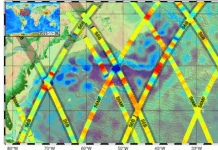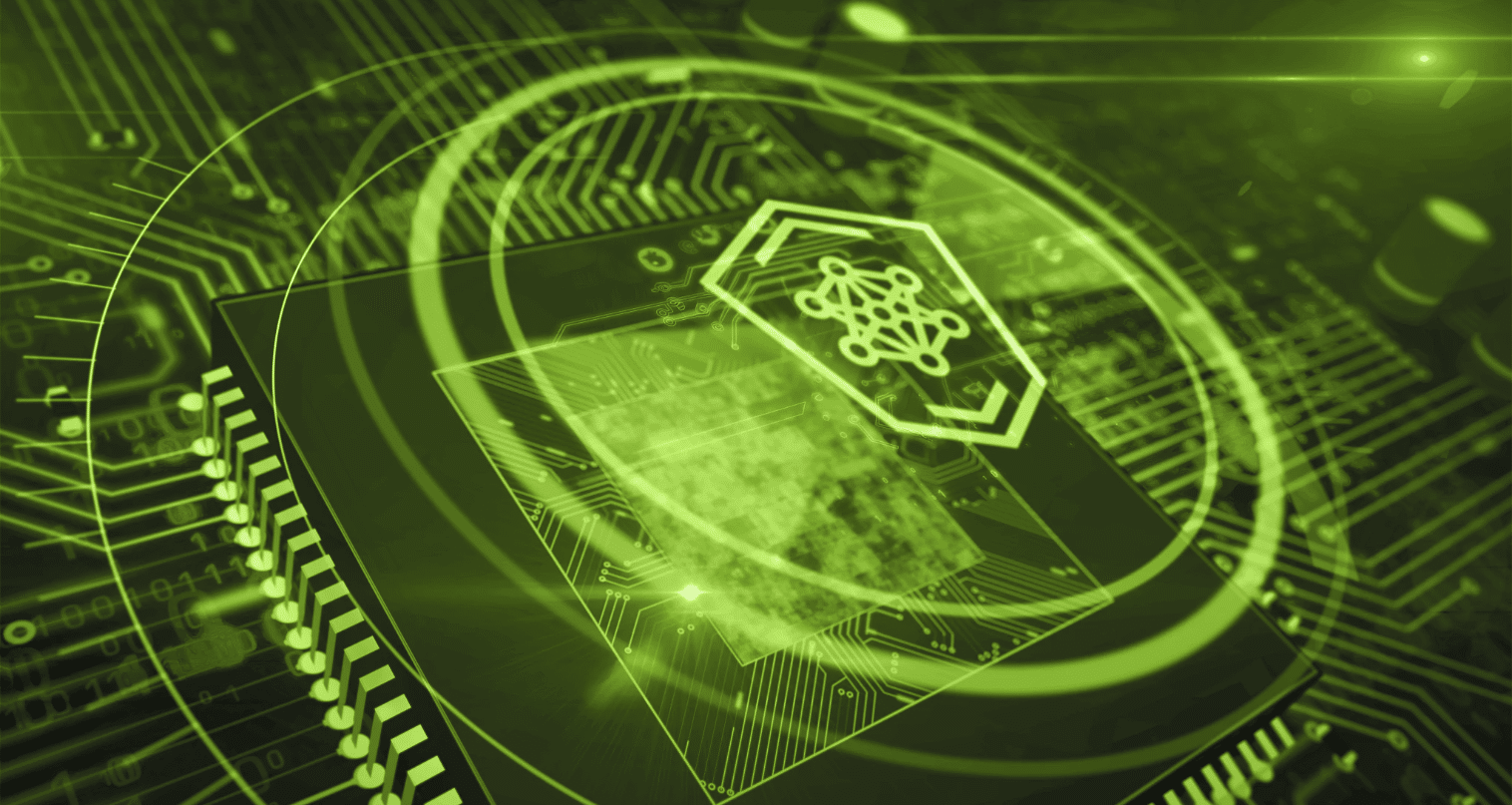The Role of AI in Enhancing Cybersecurity: A Comprehensive Guide
The integration of generative AI in business transformations presents numerous opportunities, but it also introduces a set of challenges. Interestingly, AI itself offers solutions to these new risks, creating a self-sustaining cycle of progress and security.
More than two decades ago, businesses that quickly adopted the open internet were the first to benefit from its advantages and become adept in modern network security. Today, enterprise AI is following a similar trajectory. Organizations that are early adopters of advanced AI capabilities, particularly generative AI, are using these technologies to bolster their security measures.
For organizations just beginning to explore the potential of AI, understanding how to mitigate the top security threats identified by industry experts for large language models (LLMs) is crucial. Below, we delve into three major security concerns and explore how AI can address them.
AI Guardrails: Preventing Prompt Injections
Generative AI services are vulnerable to attacks from malicious prompts aimed at disrupting the underlying LLM or gaining unauthorized access to its data. According to industry reports, direct injections can overwrite system prompts, while indirect injections manipulate inputs from external sources.
To combat prompt injections, AI guardrails are essential. These guardrails act like safety barriers on a highway, ensuring that LLM applications remain focused and on-topic. The tech industry has made significant strides in developing solutions in this area. For instance, NVIDIA’s NeMo Guardrails software enables developers to safeguard the trustworthiness, safety, and security of generative AI services.
AI for Detecting and Protecting Sensitive Data
LLMs can sometimes inadvertently disclose sensitive information in their responses. With the increasing complexity of credentials and other security measures, the scope of what constitutes sensitive data continues to expand.
To prevent such disclosures, it is vital to meticulously remove or obscure sensitive information from AI training datasets. Given the immense size of these datasets, manual data sanitation is impractical. However, AI models can efficiently ensure that sensitive information is adequately protected.
An AI model trained to detect and obfuscate sensitive data can help prevent the accidental revelation of confidential information. NVIDIA’s Morpheus framework allows enterprises to build AI models and accelerated pipelines that identify and protect sensitive information across their networks. Morpheus can analyze massive data flows on a corporate network, achieving what is impossible for humans using traditional rule-based analytics.
Reinforcing Access Control with AI
Hackers may attempt to exploit LLMs to gain unauthorized control over an organization’s assets. Therefore, businesses must ensure that their generative AI services do not exceed their designated authority levels.
The most effective defense against this risk is to follow security-by-design best practices. This involves granting LLMs the least privilege necessary and continuously evaluating these permissions to ensure they only access the tools and data required for their intended functions. While this approach may suffice for most users, AI can further enhance access controls for LLMs.
A separate inline AI model can be trained to detect privilege escalation by evaluating the outputs of an LLM. This additional layer of security helps prevent unauthorized access and ensures that LLMs operate within their defined boundaries.
Embarking on the Journey to Cybersecurity AI
No single technique can provide a foolproof solution; cybersecurity is a continuous process of evolving measures and countermeasures. Organizations that excel in this journey leverage the latest tools and technologies to stay ahead.
To effectively secure AI, organizations must become familiar with its capabilities and limitations. The best way to achieve this is by deploying AI in meaningful use cases. NVIDIA and its partners offer comprehensive solutions in AI, cybersecurity, and cybersecurity AI, providing organizations with the tools they need to enhance their security measures.
Looking ahead, the relationship between AI and cybersecurity will become increasingly intertwined, creating a virtuous cycle where each enhances the other. This flywheel of progress will ultimately lead to greater trust in AI as a reliable form of automation.
Additional Insights and Industry Reactions
The integration of AI in cybersecurity has garnered significant attention from industry experts. For instance, during the NVIDIA AI Summit in October, numerous talks and presentations highlighted the transformative potential of AI in enhancing security measures.
Experts emphasize that AI’s ability to analyze vast amounts of data in real-time offers a significant advantage in identifying and mitigating security threats. Traditional security measures often fall short in handling the sheer volume and complexity of modern cyber threats. AI, with its advanced analytical capabilities, can bridge this gap.
Moreover, AI-driven cybersecurity solutions are not limited to large enterprises. Small and medium-sized businesses can also benefit from these technologies. By adopting AI-driven security measures, these organizations can protect their assets and data more effectively, leveling the playing field against cyber threats.
Conclusion
The integration of generative AI into business operations offers significant advantages but also introduces new security challenges. However, AI itself provides the tools to address these challenges, creating a self-sustaining cycle of progress and security.
By implementing AI guardrails, detecting and protecting sensitive data, and reinforcing access control, organizations can mitigate the top security threats associated with large language models. As AI and cybersecurity continue to evolve, their symbiotic relationship will drive further advancements, ultimately leading to greater trust in AI as a reliable form of automation.
For more information on NVIDIA’s cybersecurity AI platform and its applications, visit their website. Additionally, consider exploring the insights and expert discussions from the NVIDIA AI Summit.
In conclusion, the journey to integrating AI in cybersecurity is ongoing, and staying informed about the latest developments and best practices is crucial for organizations aiming to protect their assets and data in an increasingly digital world.
For more Information, Refer to this article.


































